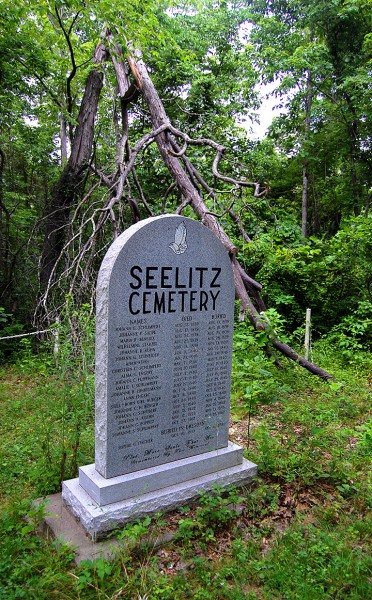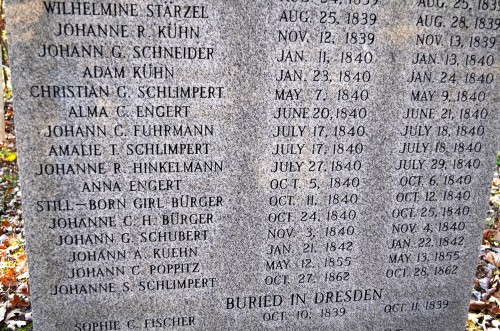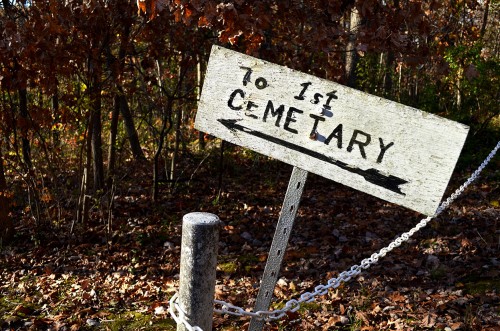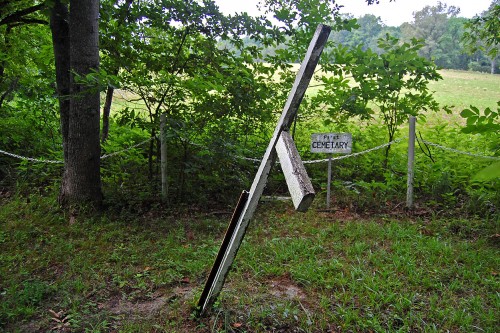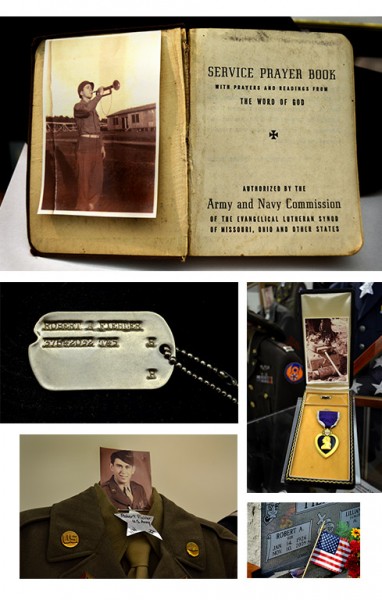 We had to take Wife Lila and her buddy Jane Rudert McMahan to the airport in St. Louis way too early in the morning. Mother and I had lunch at Pappy’s Smokehouse, then paid $2.55 a gallon for gas at Peveley before hopping on Hwy 61 to take the scenic route home.
We had to take Wife Lila and her buddy Jane Rudert McMahan to the airport in St. Louis way too early in the morning. Mother and I had lunch at Pappy’s Smokehouse, then paid $2.55 a gallon for gas at Peveley before hopping on Hwy 61 to take the scenic route home.
Just south of St. Mary and just north of Perryville, I saw a sign pointing down M to Lithium. Since our goal is to find a road we had never been on before, we set our sights on Lithium.
Before long, we spotted the city limits sign of a hamlet so small they didn’t even bother to show the population. (The 2010 census reported 89 people, 28 households and 22 families living there, but those figures may have included folks living in rural Perry county outside Lithium proper, an AP account said.) Lithium had a ZIP Code of 63775, but it has since been declared by the United States Postal Service to be “Not Acceptable – Use Perryville.”
This well-kept church didn’t have a name on it, but it is the St. John the Evangelist Catholic Church, organized in 1896.
The Ole Houck
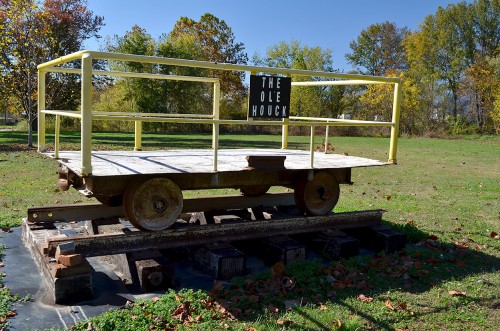 The village has a sizable park which contains this artifact labeled “The Old Houck.” It looks more like a cart you’d find in a mine than a railroad, but I don’t know exactly what it was for.
The village has a sizable park which contains this artifact labeled “The Old Houck.” It looks more like a cart you’d find in a mine than a railroad, but I don’t know exactly what it was for.
Fungus? Mushroom? Toadstool?
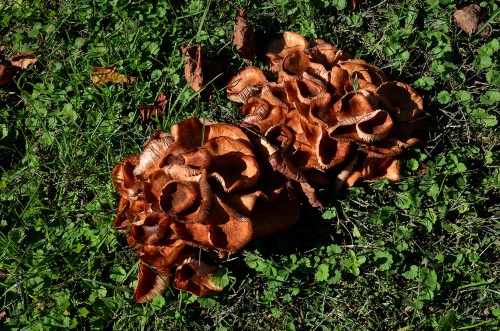 These brown somethings were dotting the park here and there, particularly where there was a tree stump or other organic matter. I’m assuming it was some kind of fungus.
These brown somethings were dotting the park here and there, particularly where there was a tree stump or other organic matter. I’m assuming it was some kind of fungus.
Lithium Spring
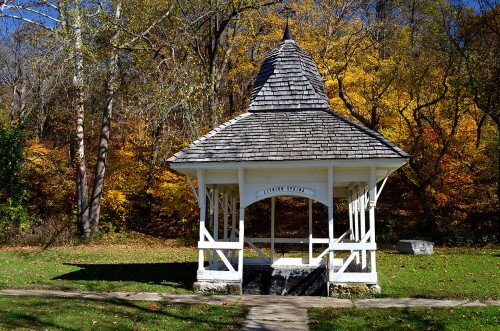 The most interesting thing for me was this white, shake shingled gazebo with a sign “Lithium Spring.” Inside the structure was a pit that contained a pipe with clear water running into a basin from one side and going out a grate on the other. The flow wasn’t as strong as the artesian well outside Marble Hill, but it was steady.
The most interesting thing for me was this white, shake shingled gazebo with a sign “Lithium Spring.” Inside the structure was a pit that contained a pipe with clear water running into a basin from one side and going out a grate on the other. The flow wasn’t as strong as the artesian well outside Marble Hill, but it was steady.
Mother wanted to taste the spring, so I emptied a plastic bottle and handed it over to her. “Tastes like water,” was her verdict.
A contributor to findaspring.com said it is “It is a highly mineralized spring, more like water for healing…Not your everyday drinking water but will definitely start to heal you. I drink it every once in a while, additionally to my regular Spring water from Mountain Valley Spring.”
Lithium had TWO big springs
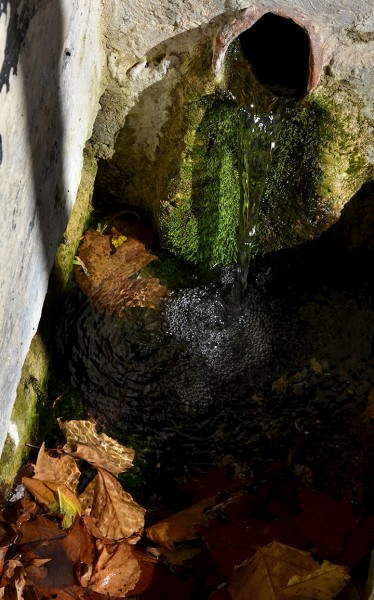 The State Historical Society of Missouri’s website of Perry County Place Names, 1928 – 1945, has this information about the town and springs:
The State Historical Society of Missouri’s website of Perry County Place Names, 1928 – 1945, has this information about the town and springs:
- The town: A small town in the eastern part of Saline Township. It was surveyed and laid out as a town in 1822 by C.F. Laurence. The first settlers were Dr. Henry Clay Tish, R.P. Dobbs, and James G. Christian, who came from Illinois and settled at this place where they found two springs of mineral water known as lithium, because containing one of the lithium salts. The town grew rapidly because of the springs and was incorporated in 1883.
- [Note: a reader sayid Henry’s last name was actually “Fish,” not “Tish.”
- The springs: Two large springs located in the northern part of the county in the present town of Lithium. One of the springs is owned by the town; the other by Mrs. Richard P. Dobbs, wife of one of the first settlers.
 Easter Sunday seemed like an appropriate time to dig out a sunset photo of one of my favorite churches: Trinity Lutheran Church in Altenburg. It was taken October 25, 2014.
Easter Sunday seemed like an appropriate time to dig out a sunset photo of one of my favorite churches: Trinity Lutheran Church in Altenburg. It was taken October 25, 2014.
